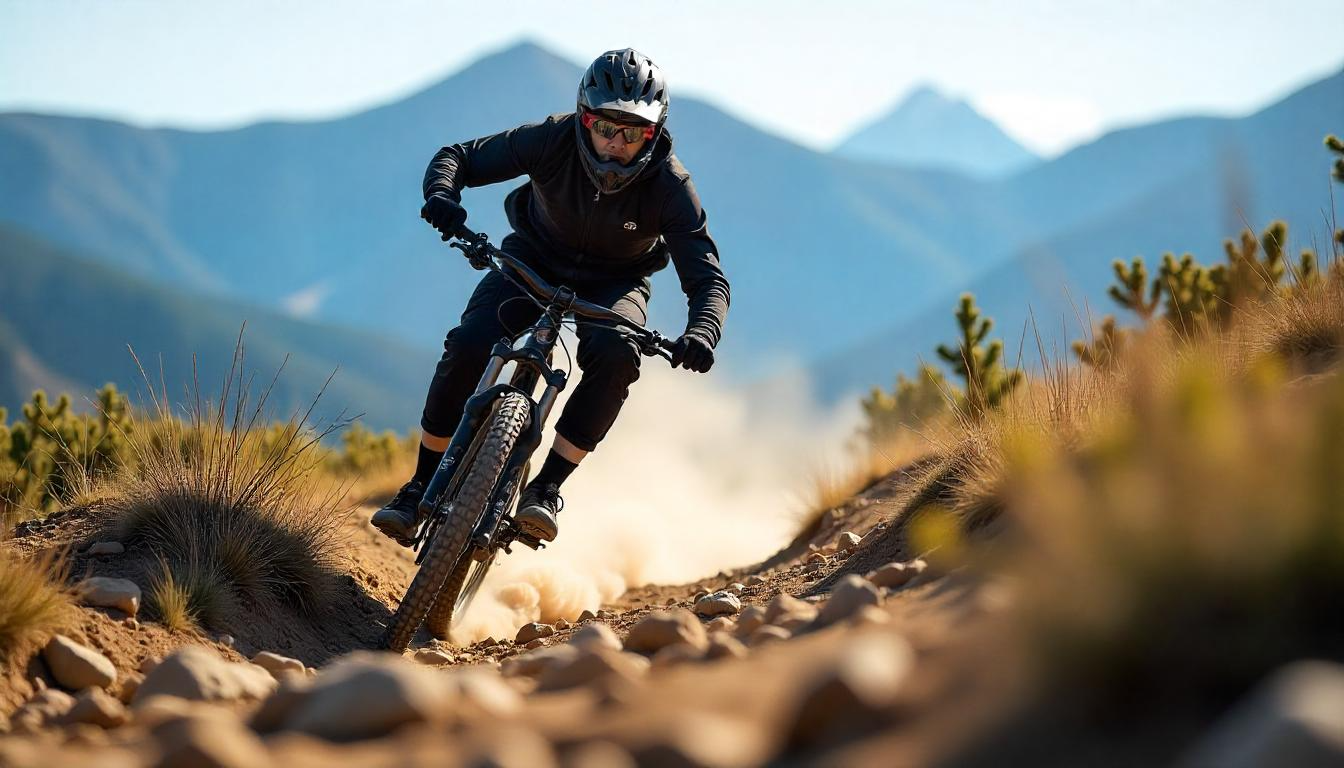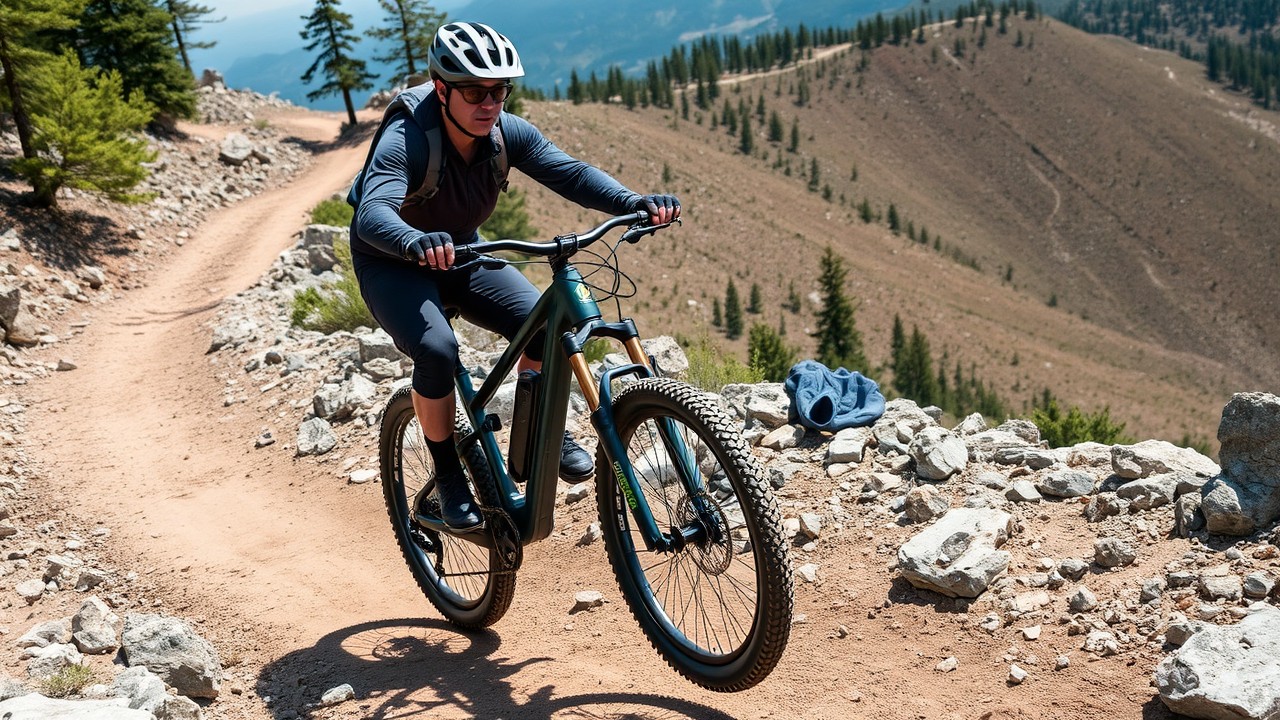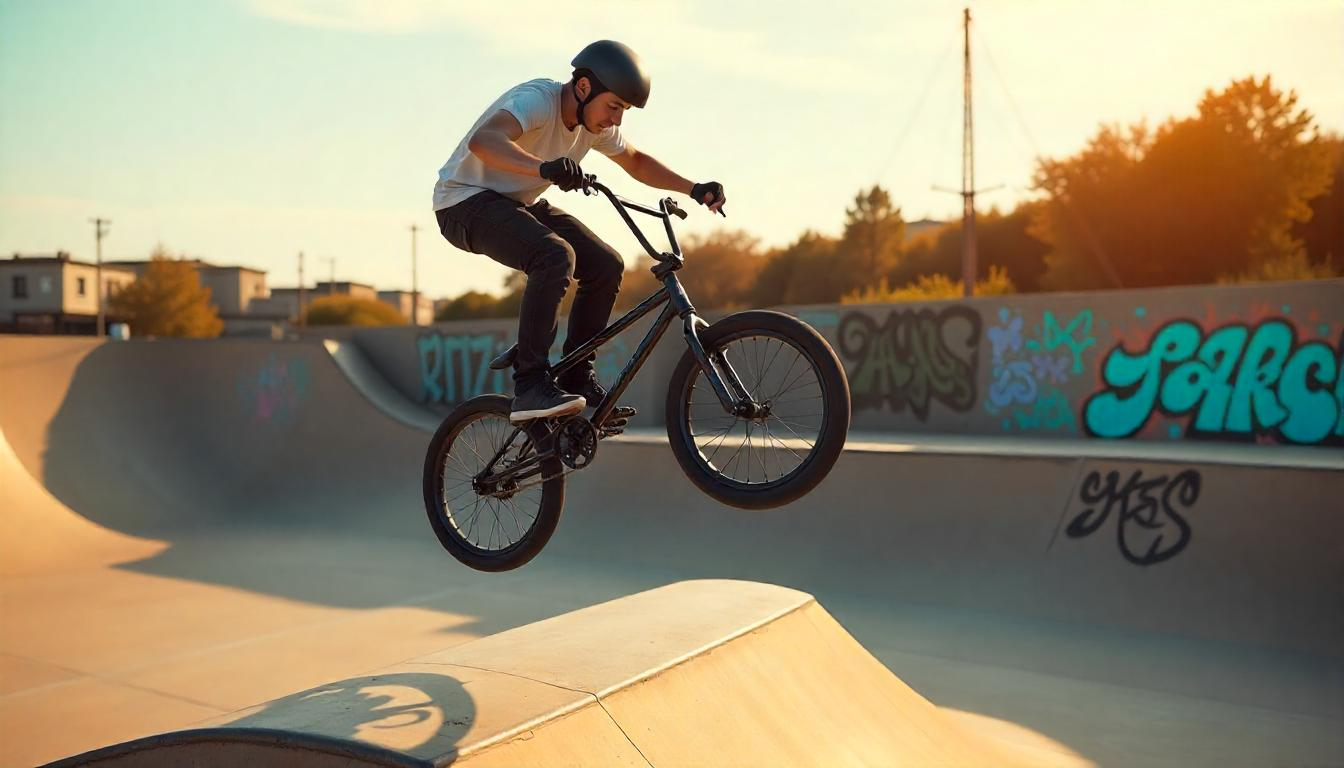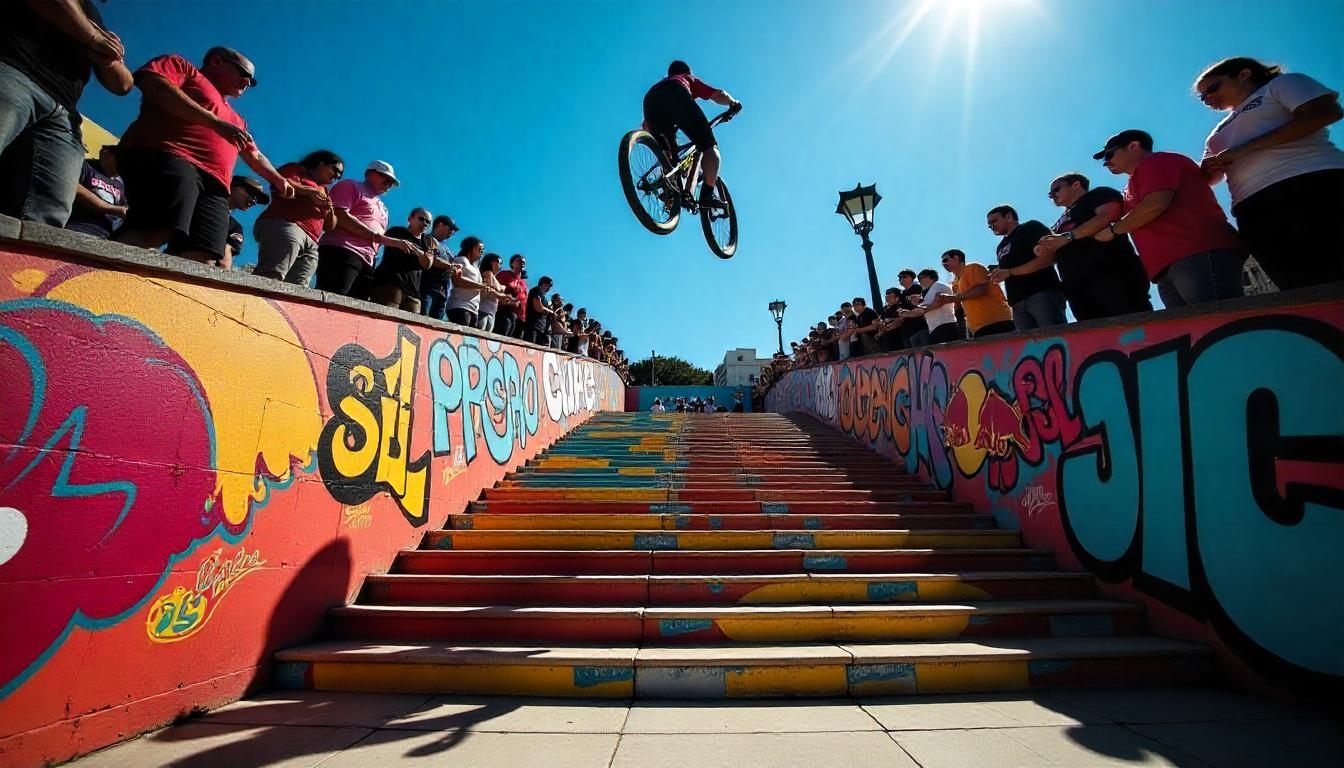Dakar Rally 2025 demonstrated why it’s the Earth’s most difficult race. It tested drivers and their machines to their limits. The race traversed extremely harsh terrain. It put endurance, intelligence, and determination to the test. The rally took two weeks. Drivers encountered deserts, dunes, rocks, and unpredictable weather. Fourteen challenging stages traveled numerous miles. Bikes, cars, trucks, quads, and UTVs all participated. Vets and beginners alike encountered stiff tests. The engines revved as sandstorms blew by. The fans witnessed wins and losses. They witnessed bravery and large victories. The following is a look back at the best of Dakar Rally 2025. It celebrates why this event is the pinnacle of off-road excitement.

The Most Dramatic Stage: A Battle in the Dunes
Stage 9 of the Dakar Rally 2025 was one to remember. It had tough dunes and difficult navigation in the center of the Empty Quarter. Cars tend to get stuck, and GPS failure can ruin races here. The stage brought a significant leaderboard change. Bike and car leaders had issues with finding waypoints. Some of the top drivers lost more than 30 minutes because of errors.
Defending champion Kevin Benavides lost a critical waypoint. He became stranded in soft sand. Rookie Luca Marini then took an unexpected bike stage victory. In cars, Nasser Al-Attiyah made an unusual mistake. Sebastien Loeb drove spotlessly and took the opportunity. He moved back into podium contention.
Loeb’s crew posted: “This is Dakar. One stage changes everything.” Stage 9 demonstrated how crazy and rugged Dakar Rally 2025 is. Folks will be discussing this stage for years. It was a big turning point in the end of the rally.

Historic Wins and Records Broken
The 2025 Dakar Rally was not just a race; it was a year to remember. Luca Marini, at the age of only 23, was the youngest bike winner in history. His talent stunned fans and professionals alike. Marini’s victory marks a new era for rally bikes.
Sebastien Loeb finally claimed his first Dakar title in the automobile race. After so many near misses, his victory proves that persistence wins. Team Kamaz claimed its 20th trucks title. They now lead the record for most wins for a company.
Sara Price made history too. She is the first-ever American woman to claim the UTV class victory. Price opened doors and paved the way for other racers. The 2025 Dakar champions did not only win, but they created history in one of the greatest Dakar competitions ever.
Grit and Glory: Standout Performances by Underdogs
Dakar Rally 2025 had stars and motivating underdogs too. Argentinian Mateo Alvarez drove solo on his motorcycle. He had no factory backing but battled valiantly. In spite of problems, he crossed the line in the top 20. It was a giant success for the privateer.
Amina El-Hassan and Karim Doucouré, Moroccan newcomers, were the stars of the car class. They outran veteran drivers in some stages. They are Dakar 2025 heroes because of their teamwork. Alvarez’s crossing of the line was popular. Exhausted but content, he completed it. Drivers applauded him. Dakar proves heart and hard work win the race. The rally is finishing, not winning.

Mechanical Mayhem: When Machines Fought Back
Dakar Rally 2025 was harsh on machines. Even sophisticated equipment didn’t make it through the challenging environment. Suspensions were shattered, and electronics melted. Stage 7 experienced a serious issue. Chilean biker Ignacio Cornejo cracked his swingarm. He employed zip ties and duct tape as a temporary repair. Several hours later, he crossed the line to cheers.
Team Overdrive Racing also experienced car issues. A turbo was blown in the dunes. Mechanics repaired it quickly using spare parts. They got the vehicle back on the race track. These anecdotes depict Dakar’s challenge. They also depict competitors’ determination to continue, despite things breaking down.

Navigational Chaos: Maps, Mistakes, and Wild Turns
Dakar Rally 2025 demonstrated that navigation is the most important thing, regardless of a quick car. Stage 10 was the most challenging for navigation. It consisted of numerous dunes and invisible waypoints. This made difficulties for every driver. Even top crews such as Toyota and Honda made mistakes. Small errors cost them minutes.
Drivers received penalties for lost waypoints. Some had to reverse, wasting time and fuel. These mistakes altered the stage rankings. They confirmed that map reading and collaboration are crucial. The Dakar Rally 2025 demonstrated something significant. Intelligent navigation is as critical as power for winning.
Weather Woes: Nature’s Role in the Rally
The Dakar Rally 2025 demonstrated the raw power of nature. Stage 5 witnessed abrupt sandstorms. Teams grappled through whirling dust and encountered difficult navigation. The visibility was near zero. Drivers lost time, and some became stranded in sand. Help was required to move on.
Weather did not signify sand alone. Stage 8 witnessed heavy flooding. Rain flooded tracks with water, turning them into rivers. Officials diverted portions. Water spoiled engines and electronics. Races were in danger. The desert was trying for individuals and vehicles. Teams adapted strategy to cope with the weather. Weather dictated the race. Dakar Rally 2025 proved tougher.

Innovations in Action: Tech and Strategy in 2025
The 2025 Dakar Rally showed new technology that pushed off-road racing boundaries. Electric cars were a major improvement. Hybrid engines were employed by some teams. It reduced pollution but maintained speed. These cars were problematic initially. Battery life and charging in the desert proved challenging. But they toughened up and performed better as the competition progressed.
Improved navigation technology was important as well. Teams employed better GPS. Satellite tracking allowed them to stay on course within the dunes. X-Raid Mini and others employed this with information in order to make rapid decisions. This improved how they performed each stage. There were some new technology that experienced issues such as overheating batteries. But it indicated the future of racing will be electric and data-driven. This opens up to smarter and improved racing in the future.




